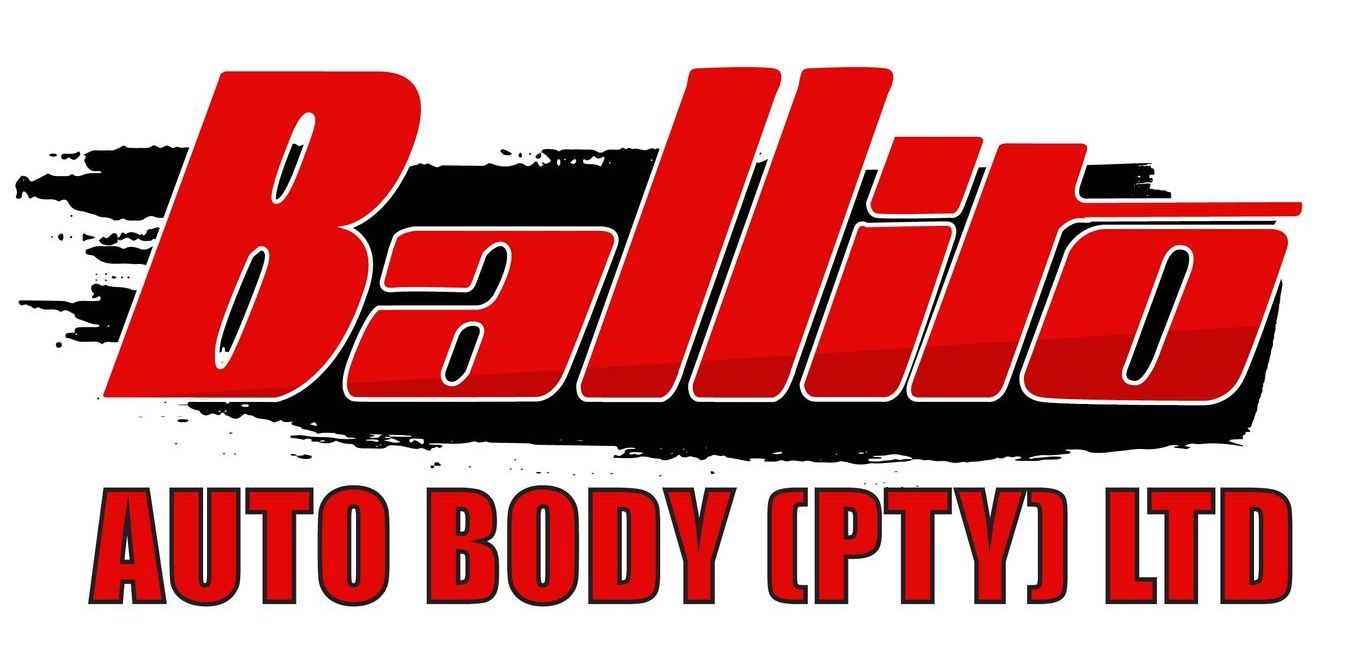There is nothing too big or too small for our team!
FAQs
Learn a bit more about how we work and the skills involved in what we do.
How does panel beating work?
One of the worst things that can happen to your car is for it to undergo a severe collision. What happens next is the question that bothers a lot of people. The best course of action is for you to get interested in the so-called collision repair industry. One of the tasks that serve as a core of this industry is the alleged panel beating. It’s a task required to return the car to its pre-accident condition, via a series of tasks that revolve around removing, repairing and replacing damaged panels.
What tasks are involved in the process?
To understand the work of a panel beater, we need to figure out which tasks are involved in the process. For instance, you have the replacement and repair of damaged panels, as well as fixing of dents and scratches with speciality fillers.
There are sanding and filing of the bodywork, as well as the replacement of damaged parts with new ones. Lastly, panel beating also involves realigning the chassis and body frame, as well as repainting the vehicle so that it matches the original colour. A seasoned panel beater is proficient in all of these tasks.
Who are panel beaters?
The next thing you need to figure out is the job description of a panel beater. For one to become a panel beater, they need to take one of several career courses. For instance, there’s a Vehicle Accident Repair course or a Vehicle Maintenance and Repair course as a great start. Other than this, an apprenticeship is more than necessary, and it consists of removal and repair of panels, the refit of mechanical and electrical trim, as well as the repair of paint defects and refinishing. These three are also the core skills that are used in this field.
Where can you find excellent panel beating services?
BALLITO AUTOBODY AND RESTORATION?
must have panel beating tools
To some extent, exactly what we, as classic-car restorers, can hope to tackle is governed by the tools and facilities at our disposal. Ingenuity can go a long way with bodywork tasks, and it can often be the case that if a tool does the job without breaking, then it’s the correct tool for the job. That said there are a few basic items which are important to have to hand. Some tools will have to be bought; others can be obtained from metal fabricators, and the rest fabricated as the need arises. The workplace needs to be well thought out, taking into account noise and hazardous materials, both of which can affect relationships with those living close-by, and also may have an effect on insurance cover.
01
Panel beating hammers
A variety are available. Flat faced for crowned panels, crowned-faced for flat panels. These shapes limit the surface contact and can come with round or square faces, heavy or light weights. Also, cross pein and pick ends that are useful.
02
Dollies
These provide the counter to a hammer, or can be used to dress directly. Striking on the dolly will raise the metal by stretching, while striking off will cause it to lift. Dollies come in many forms and you can never have too many.
03
Spoons
A spoon can be used to pry, drift and slap, or as a dolly. Generally cast in metal and chrome-plated, these are very handy tools to have around. The universal spoon also has a hooked end. When using as a drift, the spoon is struck with a mallet or club hammer.
04
Body file
Though not a beating tool, the flexible body file is used in conjunction with the bumping-file in the metal-finishing process. This adjustable file is an essential element in any panel beater’s tool kit.
05
Proprietary Panel Beating Kits
Panel Beating kits are available from companies such as Frost Auto. Higher-priced tools often feel better in the hand. If you are only going to renovate one car, you can go for the budget set. Should you be more serious, spend a bit more.

